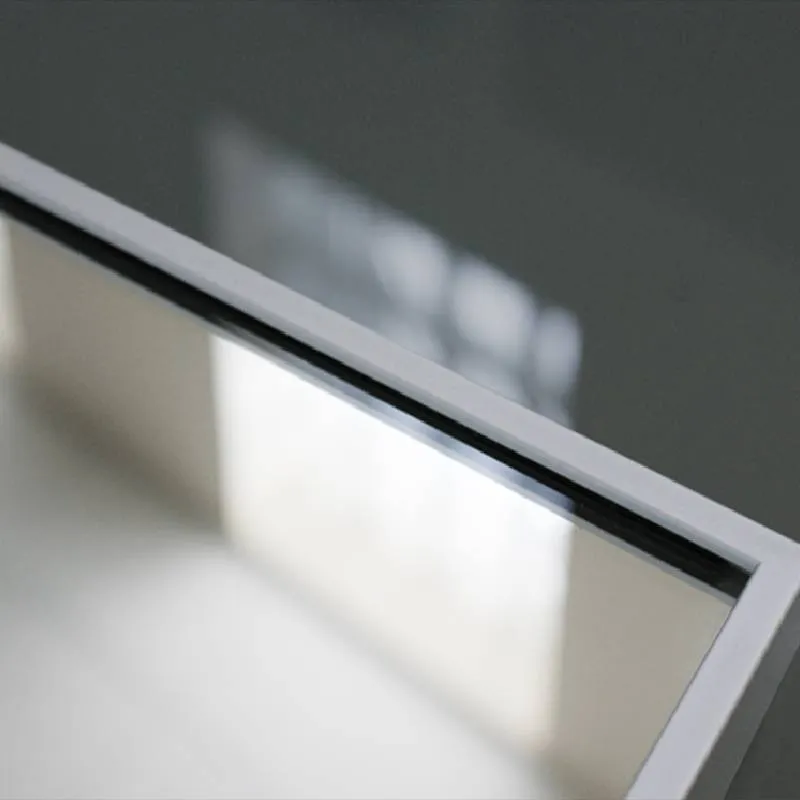

Reflective Glass at Night A Dance of Light and Shadow
As dusk settles into darkness, a subtle transformation takes place in urban landscapes dominated by glass structures. The reflective surfaces of modern buildings become canvases painted by the night sky, the glowing city lights, and the stars above. This phenomenon of reflective glass at night creates a captivating interplay between light and shadow, revealing both the beauty and complexity of urban architecture.
Reflective glass is often touted for its aesthetic appeal and energy efficiency. When illuminated by the sun, in daylight, it reflects the surrounding environment—trees, buildings, and even the clouds—crafting a spectacle that changes with each passing moment. However, it is during the night that reflective glass truly shines, morphing into a mesmerizing display of light and reflections.
At twilight, as day gives way to night, the glass buildings begin to awaken. They reflect the vibrant hues of the setting sun—a palette of oranges, pinks, and purples. This initial moment is nothing short of magical. The glass surfaces, usually seen as stark and cold during the day, become alive, mirroring the fleeting beauty of a sunset while simultaneously blending into the emerging darkness. This duality is a reminder of the transient nature of light and how it can alter perception in an instant.
As night deepens, the city comes alive in a different way. Streetlights flicker into action, casting their amber glow over the glossy surfaces of glass buildings. The windows act as mirrors, reflecting not only the lights of cars and streetlamps but also the vibrancy of city life. Each vehicle that passes by seems to turn into a flash of color, a comet racing across a starry sky, momentarily captured in the glossy facade before it vanishes into the night. It is a breathtaking tableau, a celebration of urban energy locked behind a shimmering barrier.

In addition to the city lights, the stars begin to make their appearance, twinkling against the darkened canvas of the night sky. Reflective glass appears to merge the heavens with the earth, capturing the luminescence of stars while reflecting urban illumination. The result is a visual dance, a harmony of light that transforms cold, impersonal structures into storytelling mediums. Each building becomes a portal, a mirror reflecting not only the surrounding atmosphere but also the experiences and emotions that resonate within the urban landscape.
However, the beauty of reflective glass at night is not without its complexities. The reflections can often distort reality, making it difficult to distinguish what is real and what is merely a reflection. This quality speaks to the transient nature of life; much like the reflections on glass, moments and experiences often blend and blur. As onlookers gaze into these mirrored facades, they may find themselves confronted with their own perceptions of reality, echoing the complexities of modern existence.
Moreover, the safety implications of reflective glass surfaces cannot be ignored. While they contribute to the aesthetic fabric of the city, they can sometimes create challenges for both pedestrians and drivers, as reflections may obscure visibility. The potential for accidents or misjudgments due to these reflective surfaces begs for a thoughtful approach in urban planning and architectural design. Balancing beauty with practicality is crucial in ensuring that reflective glass enhances rather than detracts from urban life.
As the night progresses, a quiet stillness often envelops the city, allowing for moments of introspection. The reflective glass stands as both a barrier and a bridge—not only between the outside world and the lives within but also between past memories and future dreams. Observers may find themselves pondering their place in this urban tapestry, contemplating the fleeting nature of time as it is captured in glimmers of light.
In conclusion, reflective glass at night is more than just an architectural feature; it is a phenomenon that encapsulates the dance of light and shadow within urban environments. It tells stories of fleeting beauty and complex realities, inviting observers to engage with the world around them. Each layer of reflection invites contemplation, offering insights into our perceptions, experiences, and the ever-changing narrative of city life. As we navigate through these illuminated reflections, we are reminded of our own journeys, mirrored back to us in the kaleidoscope of light that is reflective glass at night.